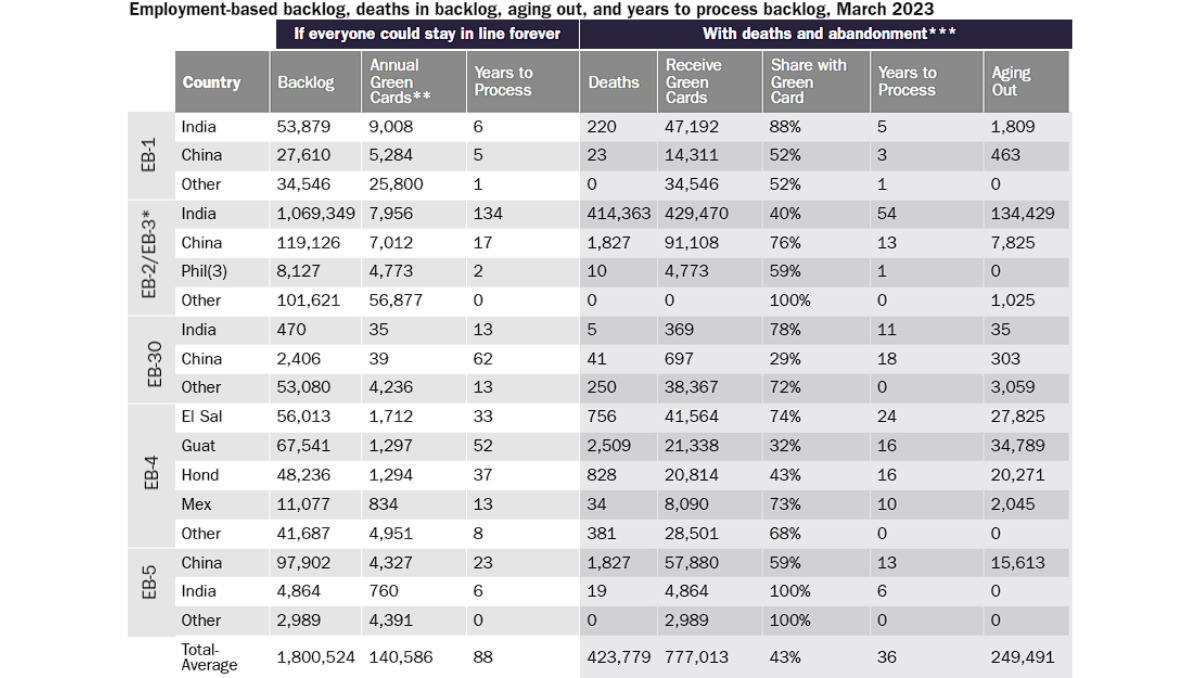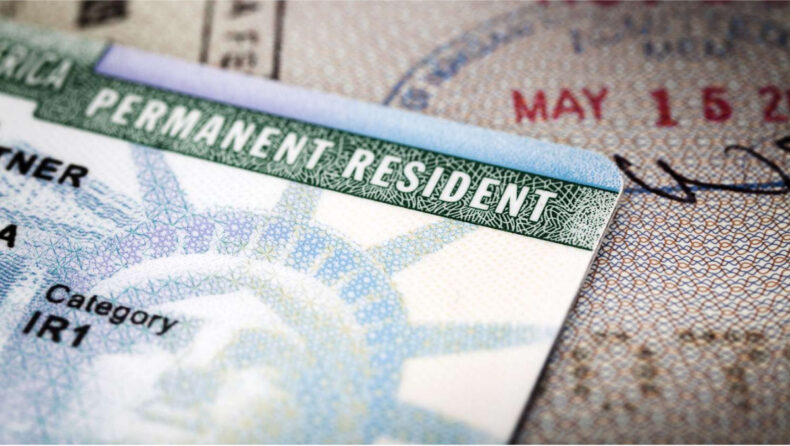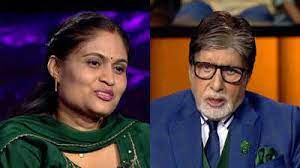Over 4 lakh Indians would die waiting for a Green Card in the US as a result of a massive backlog of pending applications, according to a new study.
Table of Contents
Long red-light for the Green Card
It is no secret that many Indians hold aspirations to settle overseas for a better life amidst great socio-economic turmoil, reflected in the sheer volume of US visa applications submitted by Indians, with the USA preparing to approve nearly a million of them this year. However, the wait for a green card, which grants non-Americans a permanent residence in the States, has been purported to be 134 years for Indian applicants under the EB-2 category, leaving around 4.1 lakh Indians to literally wait a lifetime before acquiring a green card.
Comparing it to a “life sentence”, David J. Bier, associate director of immigration studies at Washington DC-based Cato Institute, the organization behind the study, pointed at the difference between public perception and the reality of the immigration process. Rather than standing in a line, he said, immigration is more akin to winning the lottery; possible, but incredibly improbable.
According to the study, a backlog of 18 lakh cases was recorded for employment-based green cards this year, with 11 lakh of those cases belonging to Indians. Generally, the process for obtaining a green card begins via a petition filed by an employer for their worker. However, US policy dictates that a single country can receive only 7% of the green cards available in a fiscal year, and if no spot is available under the caps, the petition is put under a wait-list.
The report further states that in March 2024 nearly 80,000 employment-based petitions were under the process for possible approval, signifying nearly 1.7 lakh people with spouses and minor children included. This is separate from the 13 lakh applications on the wait-list, along with 2.9 lakh applications representing those already living in the US and vying for a Green Card.
Indians and Chinese worst affected
A closer look at the data provided reveals that more than half of the applications in the backlog belong to the EB-2 category (professionals with advanced degrees employed to U.S businesses), with 19% belonging to the EB-3 category for professionals with at least a bachelor’s degree. Interestingly, Indian applicants make up the majority of the backlog with 63%, another 2.5 lakh applications coming from China (19%) while the Northern Triangle countries (El Salvador, Honduras, and Guatemala) constituted around 10% of the backlog, mainly under the EB-4 special immigrant category.

The 134 year-long wait can be attributed to this voluminous number of Indian applications stuck in limbo, with the Chinese also having to face a 17 year wait before receiving a green card. Matters have been further complicated as a recent policy change from the Biden administration has tweaked the implementation of country-wise limits for the EB-4 category. This is believed to increase the green cards to the Northern Triangle countries and Mexico, but could further exacerbate the backlog in “other” countries, according to the study.
Another implication of the 134 year wait highlighted by the study, is that nearly 1.3 lakh Indian children would “age out” before the backlog clears, as the approval of a green card is often based on one’s age; too old, and the US administration might see you as a “public charge”—people enjoying one or more government benefits.

Arbitrary policies
Bier attributed such whopping waiting times, along with the dominance of Indian and Chinese applications in the backlog to the US’ policy of granting just 1.4 lakh employment-based green cards per year, while maintaining a 7% cap for each country. These caps, according to him, are not assigned with the population of each country in mind, but rather arbitrarily.
Douglas Rand, a senior official of the US immigration agency echoed Bier’s beliefs in a virtual town hall organized by the US State Department in May this year to answer visa and consular queries of some Indian-Americans. He commented that while the US Congress, the nation’s legislative arm, has constricted supply, the demand for green cards has continued to grow.
Aside from the backlog in employment-based applications, there are also the 83 lakh family-sponsored cases stuck in another backlog, according to the study. Faced with such tall barriers and ludicrous waiting times, Cato Institute has deemed immigration to be nearly impossible, a prospect delved in another study of theirs. This is not to discount the fact that even to join the backlog, one must need to clear another set of hoops and barrels, with the minority who do cross that initial hurdle having to sit with an ever-increasing possibility of withering away before receiving a green card.













